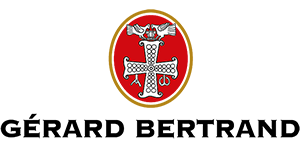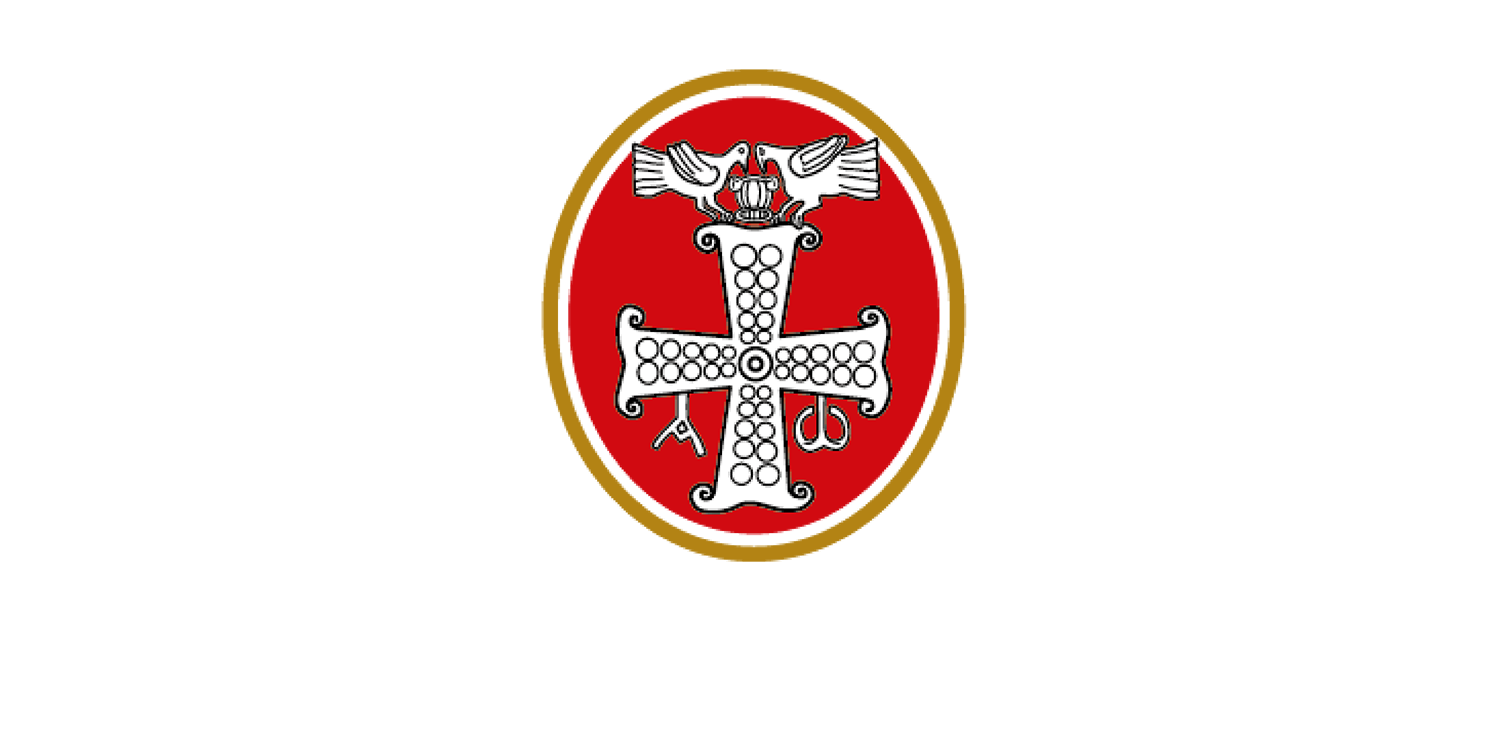Access Denied
IMPORTANT! If you’re a store owner, please make sure you have Customer accounts enabled in your Store Admin, as you have customer based locks set up with EasyLockdown app. Enable Customer Accounts
Merci de vous connecter afin d'accéder au contenu
Notre portail pro est uniquement réservé à nos clients professionnels. Si vous possédez un compte professionnel mais n'arrivez pas à accéder, n'hésitez pas à nous laisser un message sur la page contact avec votre email de connexion et le nom de votre entreprise.
Livraison sécurisé
Nous vous livrons partout et au moment qui vous arrange
Une équipe à votre écoute
Nous venons vous faire déguster nos vins directement chez vous.
Choix de Paiements
Vous pouvez chosisir de payer maintenant ou sur facture.

